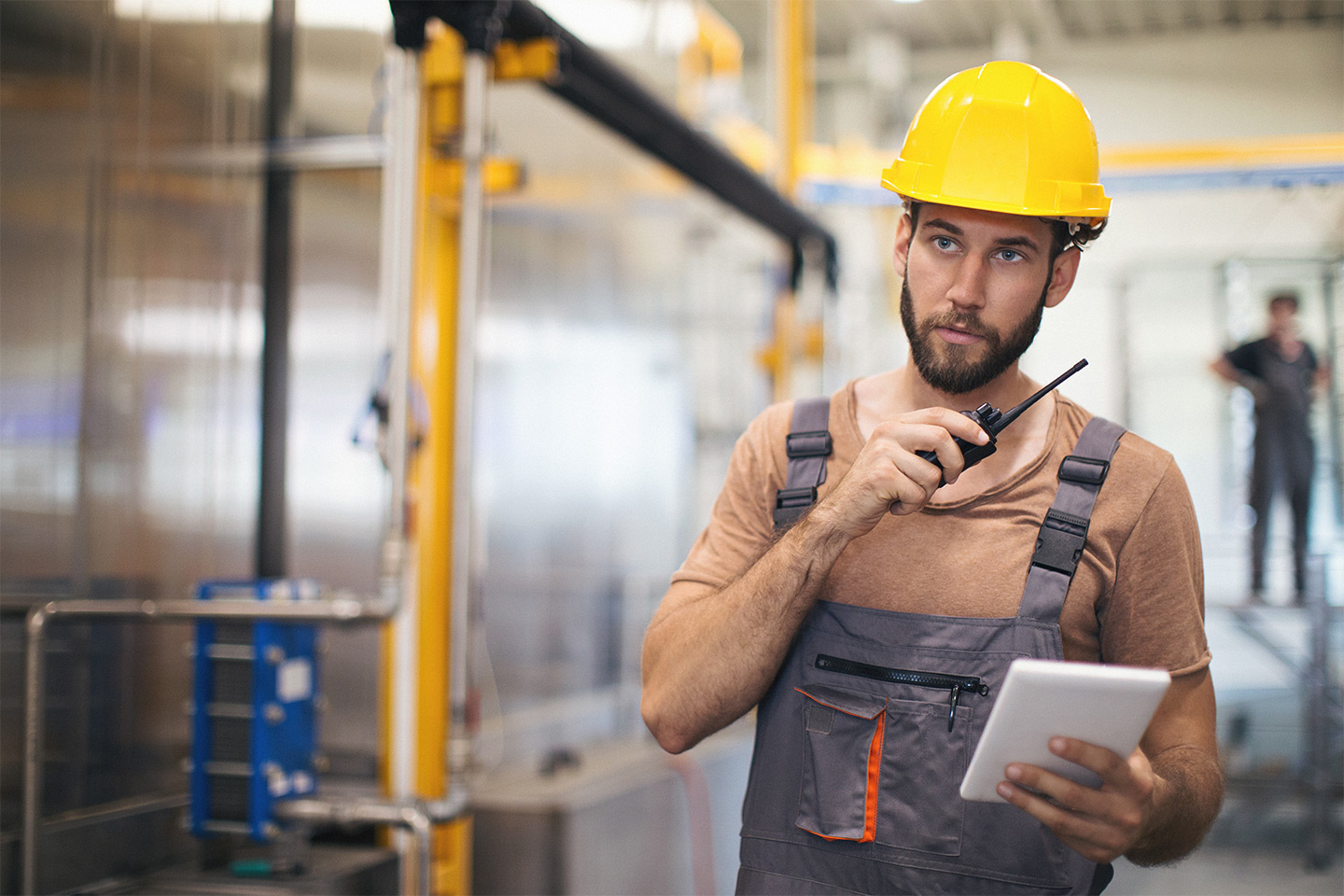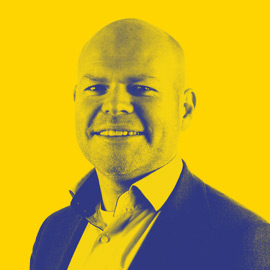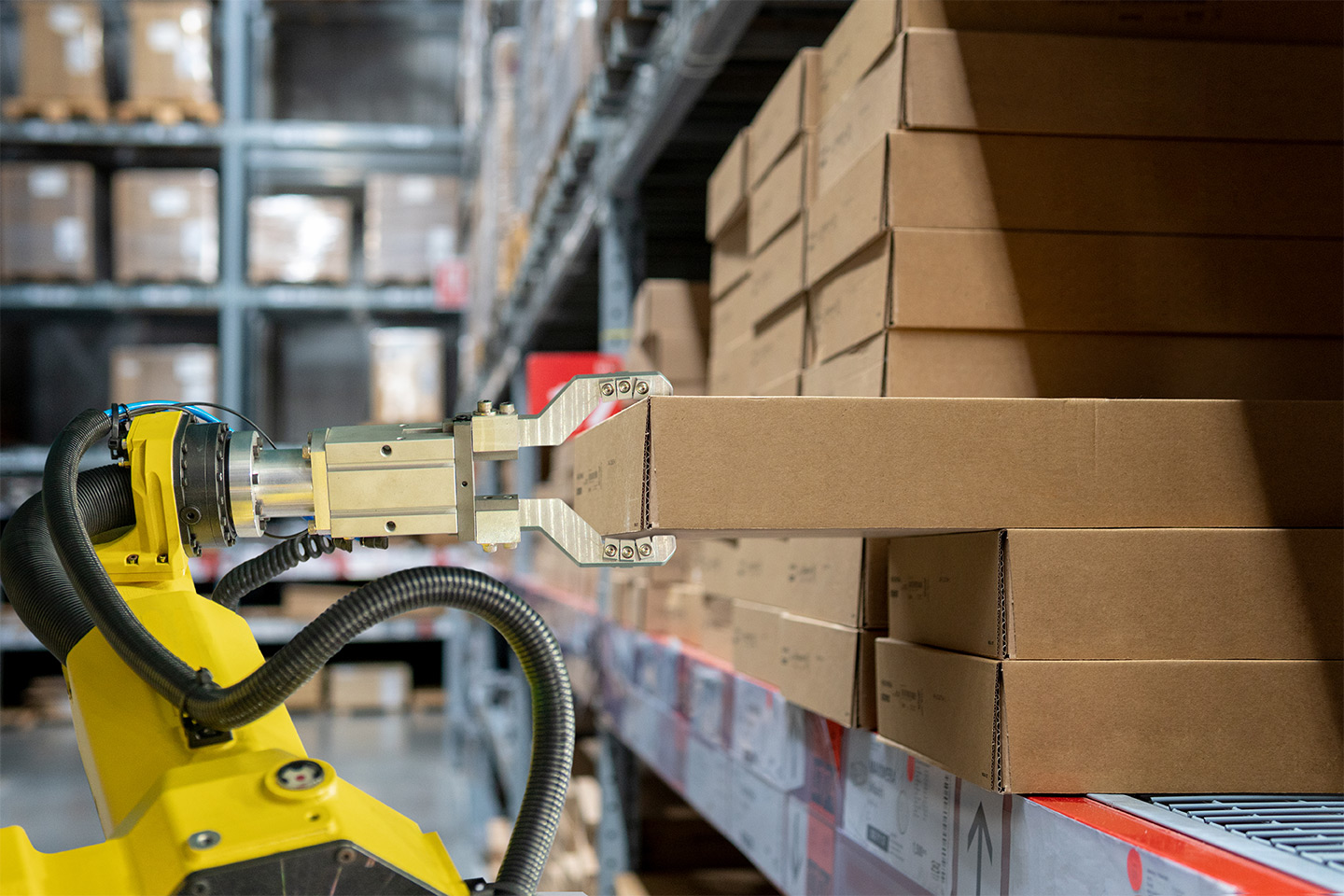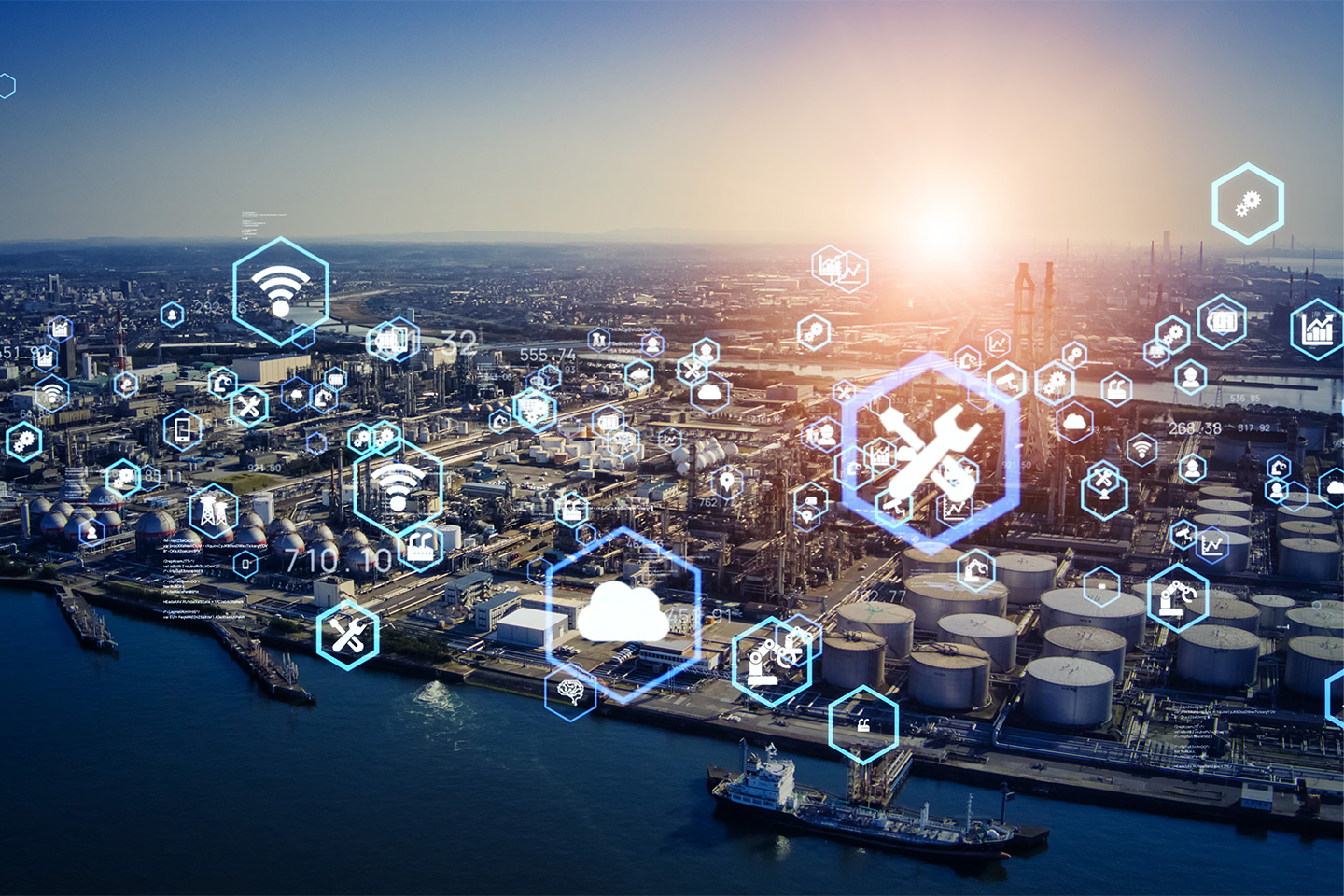
A practical example
It’s all about making use of existing data or integrating new technologies to make processes smart. In the food and pharmaceutical industries, but also in healthcare, everything revolves around quality. Quality of ingredients, raw materials, medications and of course end products. Temperature and humidity play a very important role in this, which is why it is essential that these are thoroughly monitored. In many cases, companies already use sensors for this purpose so they have continuous insight, but in some cases they still use random sampling.
That can be a very labour-intensive process, especially if you have a very large warehouse or a very large hospital with a lot of medicine storage. Asset owners or inspectorate teams in healthcare check the temperatures of medicine cabinets and refrigerators to store medications and samples twice a day. So because they don’t check it for most of the day, they haven’t got a clue during that time whether the temperature is right.
Even if you do not work in healthcare, but in another segment where assets are critical for your business, the same situation applies. Whether they are cold stores at industrial sites, machines for manufacturing companies or forklifts at logistics providers; each asset has its own critical data level that may not be exceeded. Or as we like to say: every asset tells its own story. Think of examples like humidity, battery status, etcetera.
If those technical employers see a deviation during their check of these assets, or if an abnormality is not automatically converted into an action, you are too late! This could have a huge negative impact on the quality of a product or medications in a hospital. And thus it also has a significant impact on the entire organisation.
Deviations are rarely noticed manually exactly at the moment they occur, so people are usually too late. When they are noticed, they are course reported. Sometimes another team member of the technical service is asked to look for the problem and tries to fix it. However, the right technician is not always immediately available because they have a fixed schedule. So it might take some extra time to find the right person and fix the issue. Time that the deviation continues and impacts your processes in a negative way…
And even if you can monitor remotely but do not link this to your EAM system, valuable time can be lost with all its consequences.
This can be avoided. But how?
Those types of assets can be tracked and monitored. By placing Internet of Things (IoT) sensors or connecting a PLC (Programmable Logic Controller) or HMI (Human Machine Interface) to medicine cabinets, refrigerators or cold stores, their behaviour can be monitored. This way, real-time asset data is collected, such as temperature, energy consumption and much more.
By monitoring this data, a digital fingerprint of the normal behaviour of an asset is created. After that, you can start to recognise the abnormal behaviour so you are alerted in time before real problems can arise. The asset manager can even connect this data to an EAM tool. This makes it possible to act when necessary because you have real-time insight into the status of the assets. Notifications can be sent directly when necessary. Just-in-Time Maintenance on assets is becoming the reality for the technical teams in hospitals or at industrial sites.
Improve the availability of your assets!
But for you as well! By adding smart asset management to your assets, your process will be simplified, the availability of assets can be improved and a lot of time is saved. Time that you can spend on other matters that help to improve your main processes such as the care for patients or the improvement of your industrial production process.




